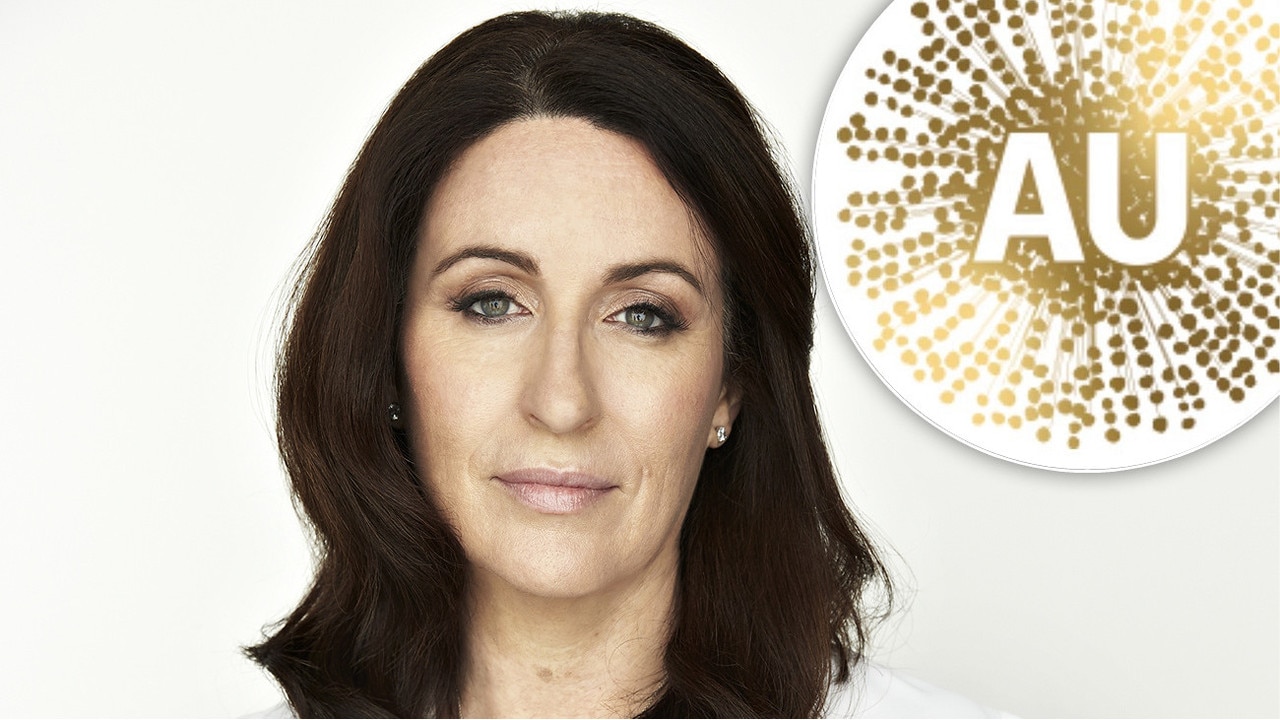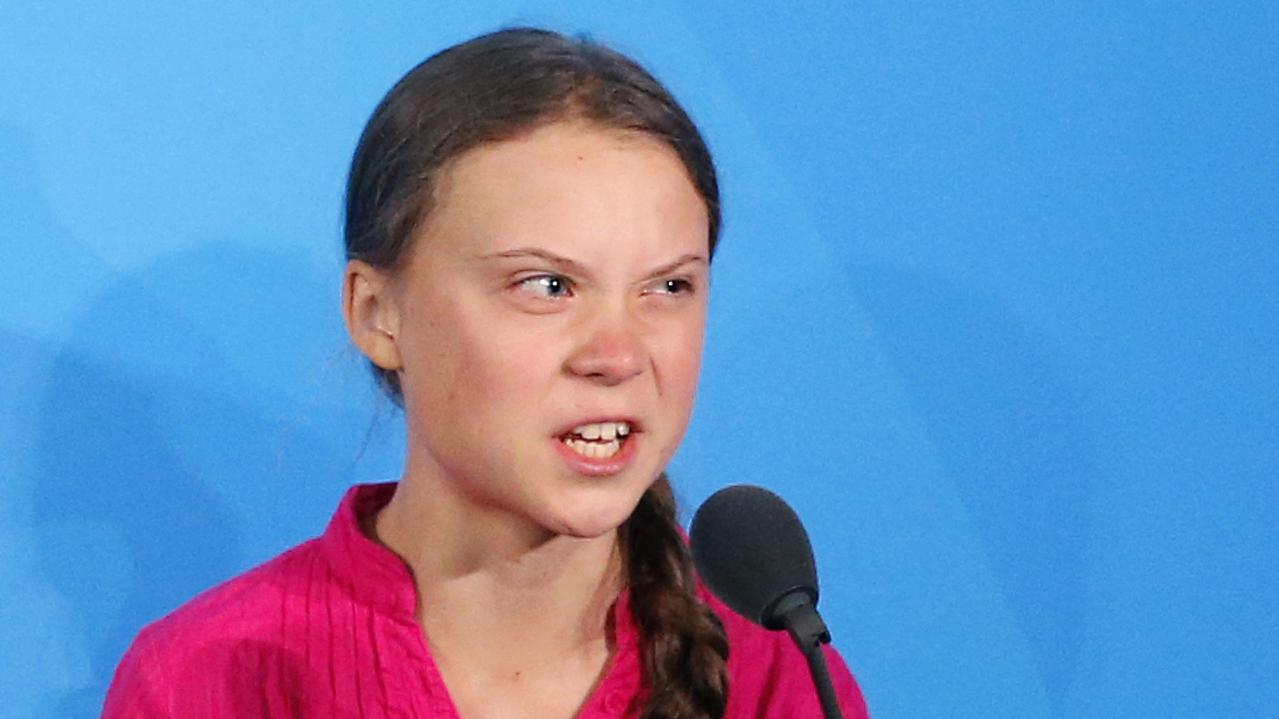Premiers put Prime Minister’s COVID-19 economic recovery plan at risk
COVID-19 is no longer the greatest threat to Australia’s economy – nervous state governments who refuse to see common sense and loosen restrictions are, writes James Morrow.
Rendezview
Don't miss out on the headlines from Rendezview. Followed categories will be added to My News.
Our national cabinet may have been very good at getting the country into lockdown, but it’s having a hell of a time getting us out.
The good news is that on Friday, Prime Minister Scott Morrison outlined his road to recovery with a gradual easing of restrictions on business and social activities.
Which, given the fact that a few weeks ago we were supposed to remain in hibernation until October, should seem like a blessing.
Except for one thing.
While back in March the National Cabinet was able to get the states to dance to its tune, ban gatherings, and shut down businesses, it turns out that now the pressure is on to deal with the “other” curves of debt and unemployment, the tail is wagging the dog.
Or, as Morrison put it, “The pace … will be left to the states and territories.”
In New South Wales, Premier Gladys Berejiklian has been driving the state to recovery with the panache of an L-plater, punching the brake and then the accelerator, and then the brake again.
Two weeks ago she allowed people to invite another couple over to the house without prompting a visit from the coppers and a four-figure fine (for which we are ever so grateful).

But even before this week’s meeting, she said she wouldn’t be in a position to implement any of the new measures before Monday.
Why not? No reason given.
So much for a Mother’s Day gathering with five visitors, now permitted by National Cabinet. That’s just the way it is, it seems.
Of course, that’s nothing in comparison to Victoria, whose own Premier Daniel Andrews has presided over some of the toughest restrictions in the country with police aggressively enforcing distancing.
You would think this aggression would lead to a slow in cases, but in fact Victoria’s day-by-day case numbers are generally the worst in the nation.
This tallies with the experience of jurisdictions around the world and an increasing number of studies which suggest that beyond a certain level of cleanliness and social distancing, ever tighter restrictions on activities pay ever-smaller dividends.
Meanwhile, states like South Australia have been among the most liberal, and over in West Australia (which remains an island unto itself) Premier Mark McGowan has indicated he wants to get the local economy moving in a big way.
Much of this is a reflection of local politics, where premiers in states where there are still sporadic outbreaks are terrified of being blamed for every new case and tragic death going forward.

But in the great debate over whether to start opening Australian society back up or keep it cowering under the doona, one point is often ignored by those advocating extended, perpetual hibernation. Namely, if restrictions on activities are eased, no one will actually be forced to leave the house, hold a dinner party, or pull beers all night at the pub.
The idea, popular in the more lefty precincts of social media and often pushed by those who have the luxury of earning a not insubstantial crust from the comfort of their loungeroom laptop, that somehow people will be “sacrificed” on the altar of GDP would be ridiculous if it weren’t so tragic.
As revealed in The Australian earlier this week, the mental health toll stemming from slamming the brakes on the economy and throwing more than a million people out of work is likely to be devastating. Sure, provide support for those suffering – but maybe, also, end what’s causing the pain as quickly as possible, too.
The great danger in all of this is that the government, which has relied on so much good will to get Australians through this, will squander it if they appear to be going too slow.
Instead, they will make themselves irrelevant as Australians begin to look at the daily numbers, calculate the risks, and as much as possible get on with their lives.

And there are signs that this is happening already: Driving my son to his (very legal and coronavirus-free) job site in the Sydney CBD at 6am on Friday morning I hit – for the first time in weeks – traffic.
Meantime, efforts to police restrictions that fly in the face of scientific evidence and peoples’ right to earn a living will see the authorities lose even more support than that time they raided the park at Rushcutter’s Bay.
Remember that when this all began, people were out ahead of the government, socially distancing, pulling their kids out of school, and calling the PM mad for wanting to still go to the footy.
A look at the rate of infections shows that they started to drop within two weeks of these things taking place – suggesting that the far tighter restrictions which came in later weeks were less important in bending the curve.
What’s more, just released report from the Doherty Institute shows the virus’s reproduction rate was “below 1 in each Australian state since early-to-mid March” – before the government swooped in with stricter measures.
Knowing all this, and seeing daily low new infection numbers, it won’t be long before people simply start calculating their personal risk profile and behave accordingly, forcing the states to risk their goodwill to prevent hypothetical health disasters while coping with very real economic ones.
Catch James every Sunday morning at 9am on Outsiders, Sky News Australia
Originally published as Premiers put Prime Minister’s COVID-19 economic recovery plan at risk



